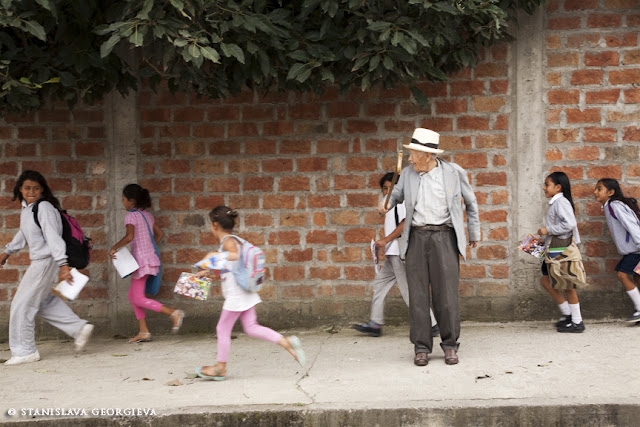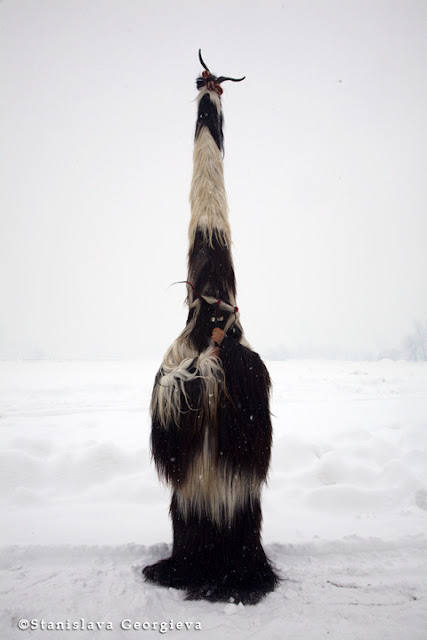Oh Dionysus!!!
A Day in Santa Ynez Valley, CA
Photography by Stanislava Georgieva
The images are from one day project with editorial content emphasized on how to enjoy making a red wine.
Facts about the Californian Wine: In 1769, Franciscan missionary Father Junipero Serra planted the first California vineyard at Mission San Diego. Father Serra continued to establish eight more missions and vineyards until his death in 1784 and has been called the "Father of California Wine". The variety he planted, presumably descended from the original Mexican plantings, became known as the Mission grape and dominated California wine production until about 1880.
California's first documented imported European wine vines were planted in Los Angeles in 1833 by Jean-Louis Vignes. In the 1850s and '60s, the colorful Agoston Harazsthy, a Hungarian soldier, merchant and promoter, made several trips to import cuttings from 165 of the greatest European vineyards to California. Some of this endeavor was at his personal expense and some through grants from the state. Overall, he introduced about 300 different grape varieties, although some were lost prior to testing, due to difficulties in preserving and handling.
Considered the Founder of the California Wine Industry, Harazsthy contributed his enthusiasm and optimism for the future of wine, along with considerable personal effort and risk. He founded Buena Vista winery and promoted vine planting over much of Northern California. He dug extensive caves for cellaring, promoted hillside planting, fostered the idea of non-irrigated vineyards and suggested Redwood for casks when oak supplies ran low. www.winepros.org
To Whoever is Making a Red Wine: read the fallowing steps and below to make sure you are doing the right wine recipe. Everything is shown also on the illustrated images :
Step 1: The Harvest - The grapes are picked when they are ripe, usually as determined by taste and sugar readings.
The Swing
And the wild roses hurt...
Red, Red Wine...
And the fun has just began. :)
Step 2: Stemmer Crusher - This removes the stems from the grape bunches, and crushes the grapes (but does not press them) so that they are exposed to the yeast for fermenting, and so the skins can better impart color to the wine.
Step 3: Fermentation - Yeast turn the sugar in the wine primarily into Carbon Dioxide, Heat and Alcohol.
Red, red wine
Stay close to meDon't let me be in love
It's tearin' apart
My blue, blue heart
Step 3: Maceration - This is how long the must (juice and grape solids) is allowed to sit, picking up flavor, color and tannin. Too long and the wine is bitter, to short and it is thin.
Step 4: Pumping Over - Skin and other solids float to the top, and need to be pushed back down to stay in contact with the must. This "cap" can be punched down with a tool, or you can pump must form the bottom over the cap and submerge it that way.
Step 5: End of Maceration? - The winemaker must decide if the must has sat long enough.
Step 6: Remove Free Run - The best quality wine is made just from the juice portion of the must. It is removed and the rest of the drier must (now called pomace) is sent to the press.
Step 7: Press - This squeezes the remaining juice out of the pomace. If you do it too hard, or too many times, you get low quality wine.
Step 9: Settle - The juice, now wine, needs to settle after this ordeal.
Step 10: Rack(ing) - Moving the wine from one barrel to a new barrel allows you to leave solids and anything that might cloud the wine, behind.
Step 11: Malo-Lactic Fermentation - This secondary fermentation can turn the tart malic acid (of green apples) into the softer lactic acid (of milk). Many, but not all red wines go through this step.
Step 12: Oak Aging - Oak is expensive, if the wine is not meant to age for years, the winery may put the wine in oak for only a short time, or not at all.
Step 13: Fining - A process that helps to remove anything that may be making the wine cloudy.
Step 14: Filtering - A process that removes any fining agents, or other undesirable elements in the wine.
And the last step is: Bottling - This is done carefully so that the wine does not come in contact with air. Finer wines may be stored for several years in bottles before they are released.
CHEERS!!!


























It is a trip... Bravo!
ReplyDeleteThanks Petro, I ma glad you noticed that, a one day trip and a trip away from the city .
ReplyDeletebtw did you read the steps of making wine to make sure you are making the wine in the right way ?? ;)
ReplyDeleteAbsolutely Gorgeous Stuff! Strike that - a photographer's eye at work!
ReplyDeleteWhat a beauty!